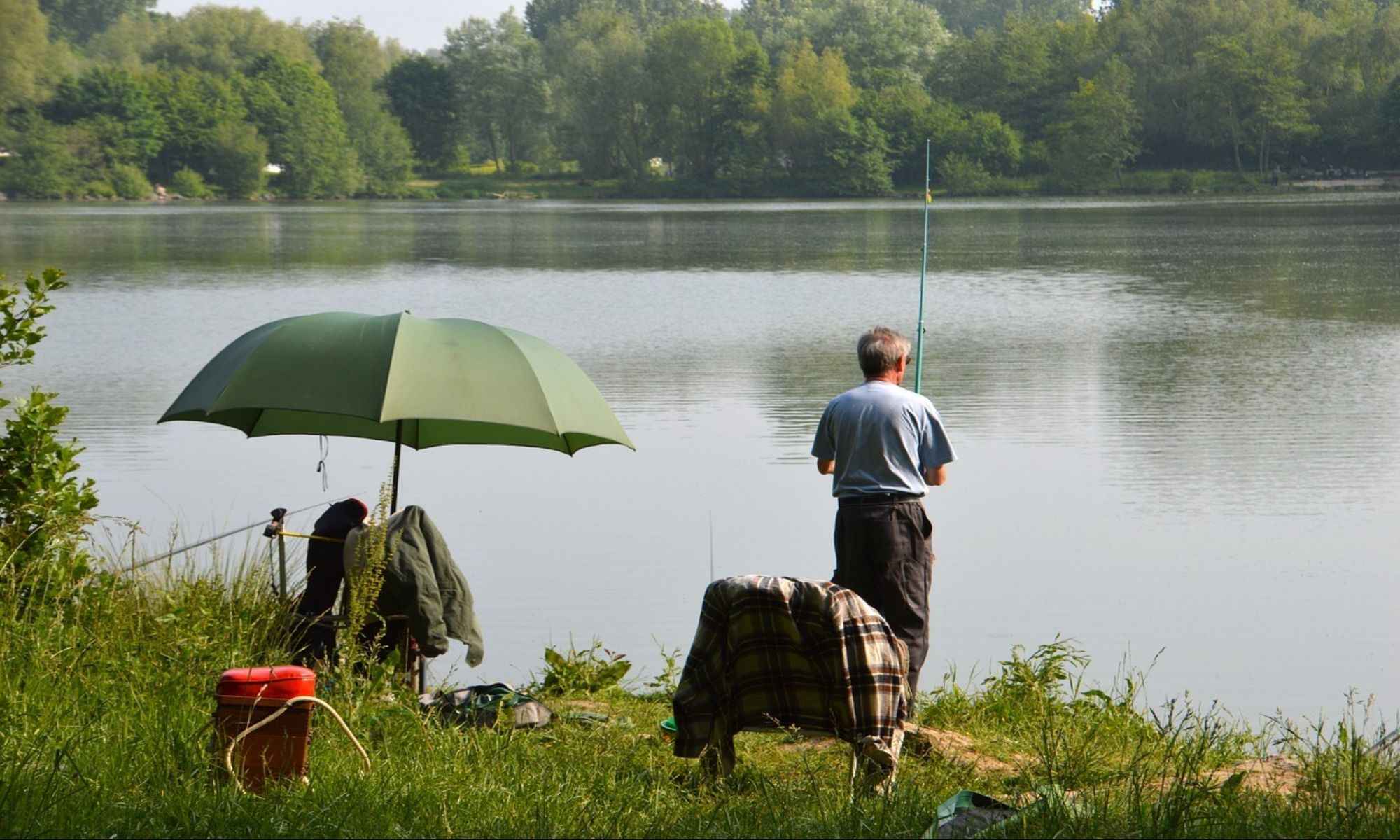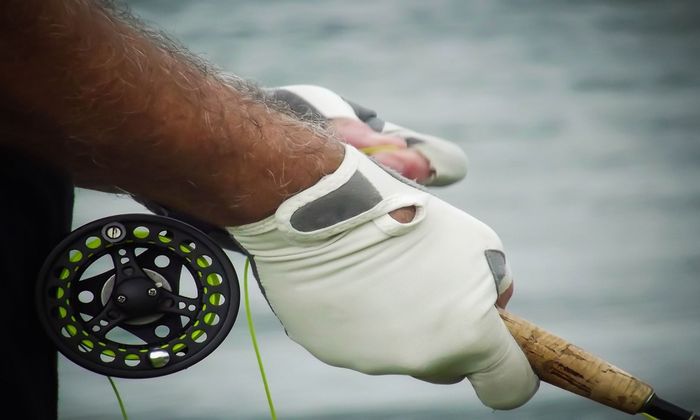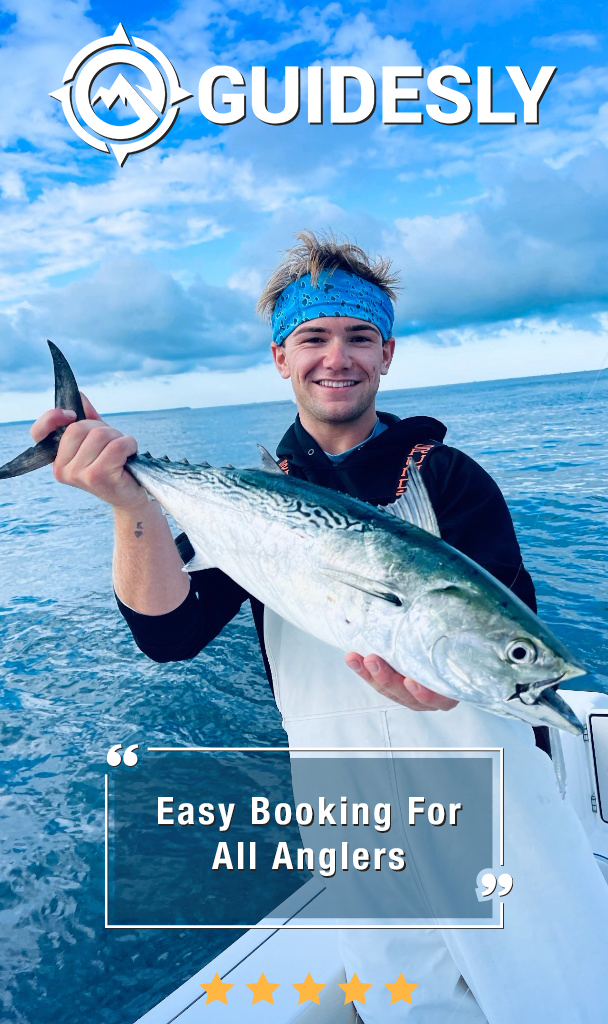Fly Fishing Rods: Should You Underline or Overline?
Should you overline or underline your fly fishing rod? Here a couple of things you should know.

Anglers usually match the weight of the fly line they put on the fly reel to the weight of the line already on their fly rod and reel when fly fishing. It makes sense that your fly fishing gear with a 5-weight rod will get five weight lines, a 7-weight will get seven weight lines, and so on. While it is common to rig your fly rod like this, there are the options of overlining and underlining your line weight are options.

Overlining a rod means using a heavier weight line than your rod requires. Usually, you don’t want the line to exceed weight or two over the rod’s weight. On the other hand, underlining your fly rod means your fly line goes a few weights lower than your rod’s weight. It’s important to note that overlining or underlining your fly rod won’t change its intrinsic assets. It will only affect how your fly rod will bend more or less for the amount of line out the rod tip.
Before you decide to overline or underline your fly rods, you should first consider your goals and your fishing style to determine whether doing either will be the right thing to do on your fishing tours. Here are the advantages and disadvantages if you decide to overline or underline your fly rod:

Overlining the Fly Rod
Overlining your fly rod has benefits, but it can’t be a panacea for every casting issue you might encounter. Here are the pros and cons if you want to use a heavier line:
Pros
1. Fast action rods can load more
Most fly rods are fast-action with a stiff backbone that won’t bend too much. Fast rods are excellent for launching fishing lines, but you might have difficulty ‘feeling’ them, especially if you’re a beginner. It’s important to know when your rod has loaded to cast properly. And that is best done by feeling when your rod has bent fully as it throws the line back. Having a heavier fly line will help your rod bend more. Therefore it makes it easier to feel it loading. It ultimately makes you throw more accurate casts.
2. Load with less fishing line or long leaders
Loading a rod with fewer fly lines or long leaders is a huge perk of overlining. When there’s less line out the end of your rod, you won’t have much line weight to carry your light fly. You can get away with having fewer lines if you use a heavier line. This applies amazingly well if you’re fishing in small streams that require you to make short casts.
3. Wind for lightweight rods
The wind can be advantageous if you have lower-weight rods (ex., bamboo rods) that are overlined. The added weight can help strike through the wind that would normally throw a lightweight fly line off course.
Cons
1. Excess drag
Overlining will cause excess drag if a lot of your fly line sits on the water during a drift. A long floating line can easily get caught up in the currents because it’s heavier. It will make your line move at the wrong pace, which will affect your delicate presentation to fish. Avoid having a lot of floating lines on the water, especially if you’re fly fishing for red drum, brook trout, and other easily spooked species.
2. Less stealth
Overlining may not be the best option if you’re targeting easily spooked fish. A larger and heavier line will be more noticeable in the water, especially when it hits the water after the first cast.

3. Less distance
A significant disadvantage of overlining is that you might sacrifice some distance. Overlining is great for a short cast, but the distance will suffer if you try to cast way out of the water. Throwing something heavier farther is more difficult. Therefore you end up tossing at a short distance.
4. Slow-action rods
Slow action rods (ex., glass rods, graphite rods) will have a hard time under the added weight of a heavy line. These rods easily bend even with the standard line weights. If you add more weight to these rods, they might start to sag before you begin to cast. They won’t have enough backbone to support a heavier fly line.
5. Wind for heavy-weight rods
Heavier weight rods are not ideal for overlining in the wind. Because their lines are heavy enough to strike through gusts, adding unnecessary weight can make the line profile so big that it can get caught like a sail.
Underlining
Generally, underlining a rod doesn’t have as many practical purposes as overlining. Most fly anglers use a fast-action graphite rod that is better overlined.
Pros and Cons
Underlining makes fast rods harder to load and cast at a short distance. The rod will bend less without the added weight, and you’ll need more lines to load it fully. This will make it harder for you to make accurate casts. Underlined rods will also get easily caught up in the wind.
If you use glass rods or bamboo rods with plenty of bends, underlining them will showcase the playfulness of the rod without overwhelming it. Underlining can help with drag and stealth if you're after picky fish.
Fly Fishing Charter Picks
Many of the best fly fishing charters are found all over the country. Vermont Flyfishers will take you around Vermont and New York to nab tons of trout and carp. Fly anglers know that Lake Erie will provide some of the best fishing they’ll experience, and Around The Bend Fly Fishing will help you get that. Georgia also boasts a healthy fly fishing scene, so book with Matt Dorsey Fly Fishing and level up your catch game. Experience the grand waters of Missouri and learn the art of the fly with Larry’s Fly Fishing Guide and Lessons.
Hopefully, the things discussed here can help you determine whether overlining, underlining, or matching the line weight is your best choice. Whether going on fishing trips in the Gulf of Mexico or maybe angling on the Georgia coast, we hope you can catch plenty of fish by knowing how to line your fly rod.



